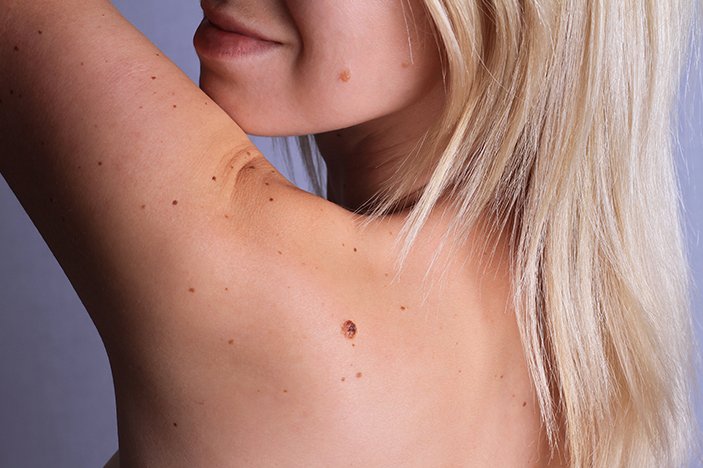
The Top 5 Mole Removal Methods to Consider
Whether you are choosing to have a mole removed for health or cosmetic reasons, there are several different removal options available to you.
While your doctor will be able to give you a better idea of the removal method that’s best for you, it does help to know what your options are to begin with.
5 Effective mole removal options
Below are the different ways that your unwanted or dangerous moles can be removed.
1. Surgical Excision
Performed on an outpatient basis, surgical excision is a basic procedure that is performed very often. To minimize any discomfort and prevent infection, the area will first be numbed and cleaned. A scalpel will then be used to remove the unwanted skin lesion.
Once the lesion has been removed, the incision will be repaired with sutures that will need to be removed after about a week, unless dissolving stitches were used. In the case of a skin tag, it’s unlikely that stitches will be required at all.
If your doctor deems it necessary, the lesion will be sent away for testing to ensure there are no abnormal skin cells.
2. Laser removal
Laser mole removal is another highly effective method for removing unwanted moles, particularly in tricky areas such as the face. Top facial mole removal clinic such like The DOC in Melbourne use the latest laser technology to safely and effectively remove small, light moles, and because patients are not left with a scar, it is the preferred choice for many.
Lasers reduce the risk of infection and are able to make more precise cuts. Laser treatments will essentially remove the colour cells of the blemish, which is why it’s important to get the mole tested first.
3. Cauterisation
Instead of using a scalpel to remove a mole, your doctor could also choose to burn the blemish and its base. This method is also ideal for raised moles but it won’t require any stitches. Unfortunately, patients will be left with a mark that is lighter than the rest of their skin.
4. Radio frequency
Using a device called the Ellman Radiosurgery electrode loop, unwanted moles will be gently shaved and cauterised at the same time. This particular procedure results in minimal scarring and is capable of achieving a more even skin tone. Patients can expect the area to be completely healed within a week or two.
5. Shaving
Another option is for your doctor to use a scalpel to shave off the protruding portion of your mole. Shaving is generally used when a mole needs to be analysed and tested. It’s very unlikely that a patient will require stitches after this procedure.
Mole removal procedures are straightforward but this doesn’t mean that they shouldn’t be taken seriously, especially since they can affect your health.
It’s also essential that you find a qualified and experienced medical professional to perform the removal procedure if you want to reduce the risk of scarring and other complications such as infection. Taking the time to find a reputable clinic is always worth it.




